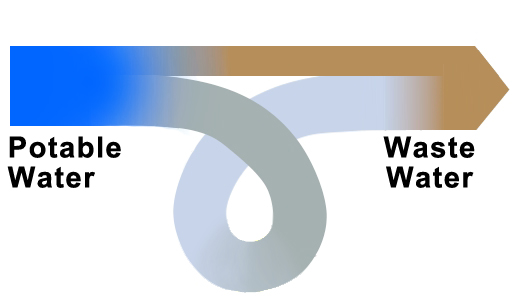You are here
Water Resources in Buildings
Water use generally refers to municipal potable water use on the site. It includes the use from fixtures (faucets, toilets, sinks, etc.), the use from equipment (dishwashers, etc.), and the exterior use for landscaping.
Good system design and good specification of products can easily reduce water use by 50% or more. At least one green building certification system requires buildings to be net zero water use.1
There are several ways to get the most out of every drop: water-efficient fixtures and equipment, water-efficient irrigation and landscaping, recycling water so it can be used more than once, and capturing rainwater. You can also purify the water on-site with living machines or advanced septic systems.
Tags:
Dive Deeper
Water-Efficient Fixtures and Equipment
Water-efficient fixtures and equipment are perhaps the easiest way to reduce potable water use. You can calculate the predicted water savings using simple formulas.Wastewater Recycling
Many water uses (such as irrigation, toilet flushing, decorative fountains) do not require potable water. Wastewater recycling is the reuse of water after it is no longer potable.Water-Efficient Irrigation and Landscaping
Water-Efficient irrigation and landscaping save water by choosing different irrigation equipment, different plants, and siting plants differently. They can also be combined with water reuse.Rainwater Harvesting
Rainwater harvesting is generally used for irrigation and toilet flushing or other greywater uses, though it can also be used for drinking water if it is adequately treated.Comments




